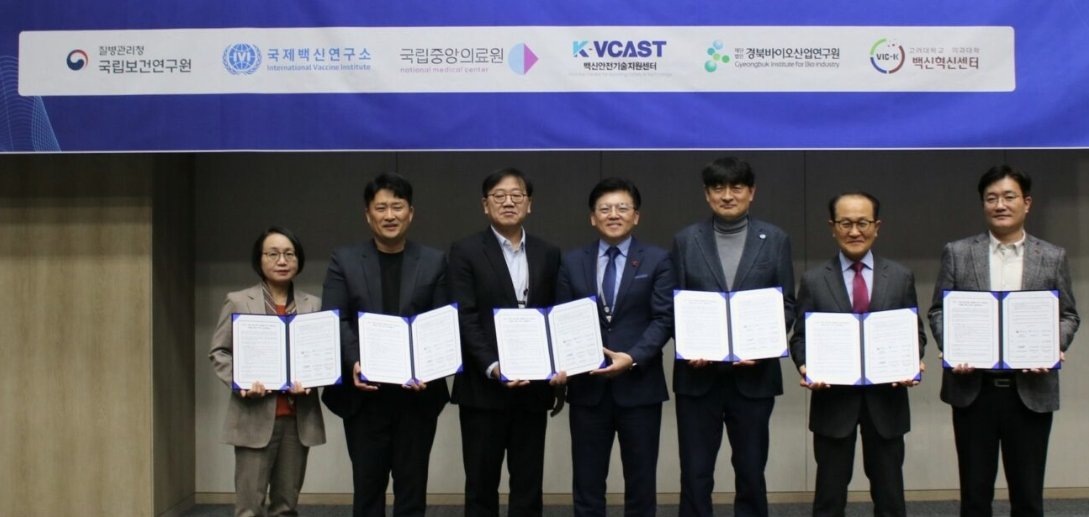
Absolute numbers of malaria cases and deaths are not going down as fast as they could
Singapore: Global efforts to control and eliminate malaria have saved an estimated 3.3 million lives since 2000, reducing malaria mortality rates by 45 percent globally and by 49 percent in Africa, according to the "World malaria report 2013" published by the World Health Organization (WHO).
An expansion of prevention and control measures has been mirrored by a consistent decline in malaria deaths and illness, despite an increase in the global population at risk of malaria between 2000 and 2012. Increased political commitment and expanded funding have helped to reduce incidence of malaria by 29 percent globally, and by 31 percent in Africa.
The large majority of the 3.3 million lives saved between 2000 and 2012 were in the 10 countries with the highest malaria burden, and among children aged less than five years, which is the group most affected by the disease. Over the same period, malaria mortality rates in children in Africa were reduced by an estimated 54 percent.
"This remarkable progress is no cause for complacency. Absolute numbers of malaria cases and deaths are not going down as fast as they could," says Dr Margaret Chan, director general, WHO. "The fact that so many people are infected and dying from mosquito bites is one of the greatest tragedies of the 21st century."
In 2012, there were an estimated 207 million cases of malaria (uncertainty interval: 135-to-287 million), which caused approximately 627 000 malaria deaths (uncertainty interval 473 000-to-789 000). An estimated 3.4 billion people continue to be at risk of malaria, mostly in Africa and South East Asia. Around 80 percent of malaria cases occur in Africa.
Malaria prevention suffered a setback after its strong build-up between 2005 and 2010. The new WHO report notes a slowdown in the expansion of interventions to control mosquitoes for the second successive year, particularly in providing access to insecticide-treated bed nets. This has been primarily due to lack of funds to procure bed nets in countries that have ongoing malaria transmission.
There was no such setback for malaria diagnostic testing, which has continued to expand in recent years. Between 2010 and 2012, the proportion of people with suspected malaria who received a diagnostic test in the public sector increased from 44 percent-to-64 percent globally.
Access to WHO-recommended artemisinin-based combination therapies (ACTs) has also increased, with the number of treatment courses delivered to countries rising from 76 million in 2006-to-331 million in 2012.
Despite this progress, millions of people continue to lack access to diagnosis and quality-assured treatment, particularly in countries with weak health systems. The roll-out of preventive therapies - recommended for infants, children under five and pregnant women - has also been slow in recent years.
"To win the fight against malaria we must get the means to prevent and treat the disease to every family who needs it," said Mr Raymond G Chambers, the United Nations Secretary General's Special Envoy for Financing the Health MDGs and for Malaria. "Our collective efforts are not only ending the needless suffering of millions, but are helping families thrive and adding billions of dollars to economies that nations can use in other ways."




